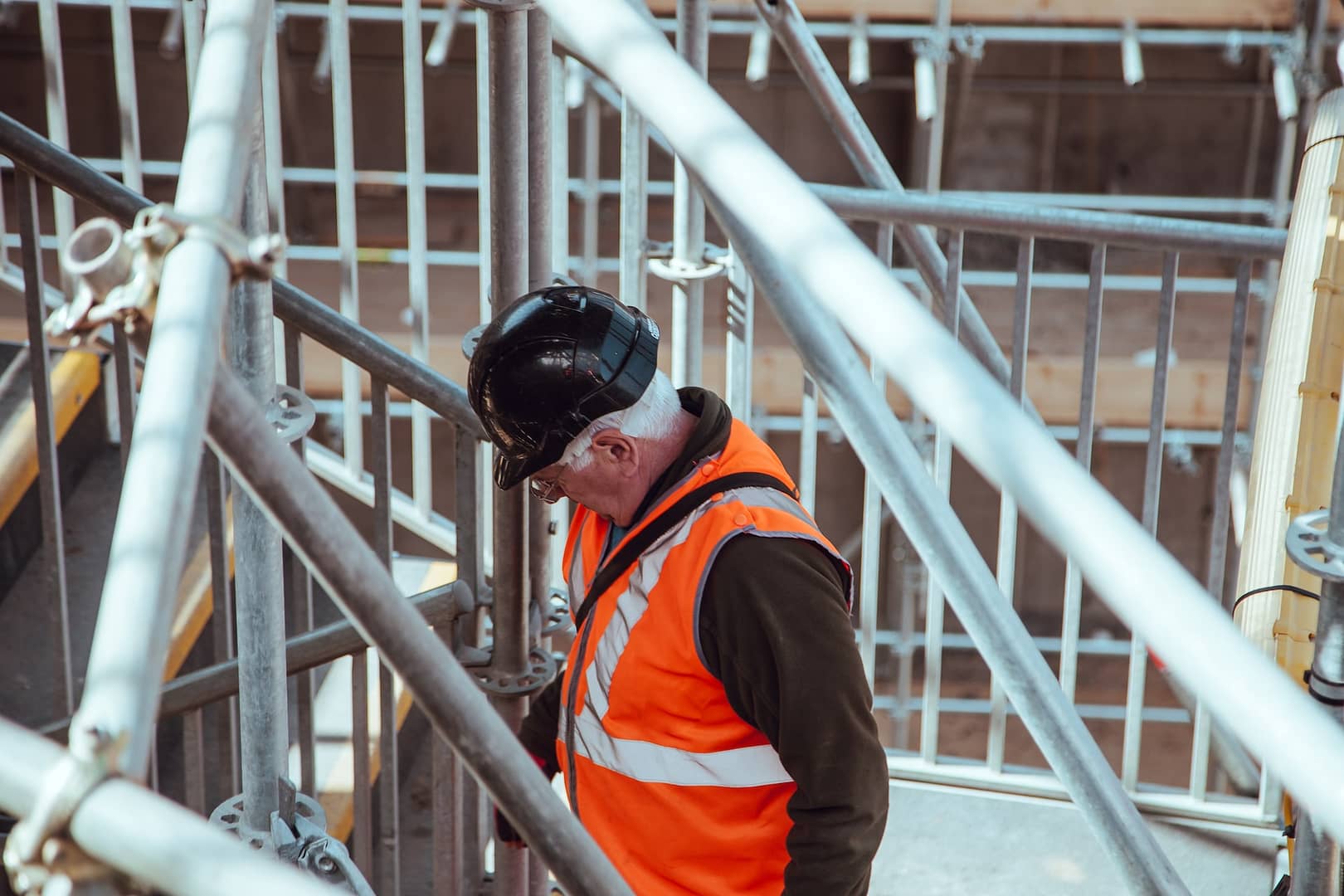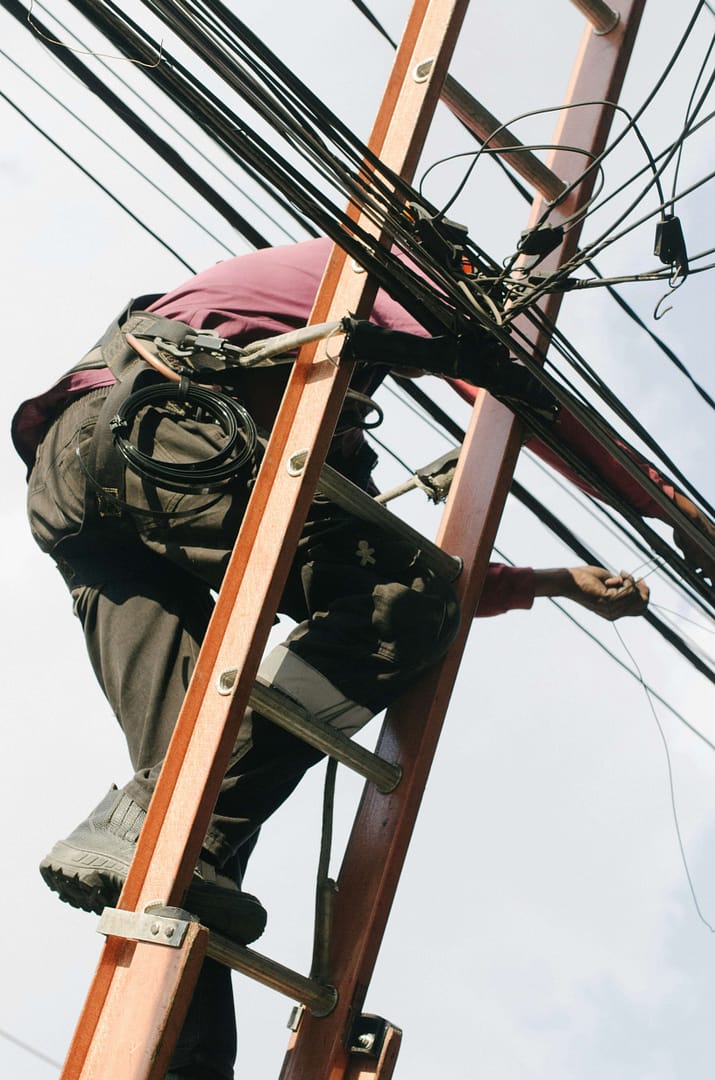In the quiet streets of many British towns and cities, where generations have lived and thrived, a hidden danger lurks within the walls of council houses. The menace we’re referring to here is the presence of dangerous building materials, specifically hazardous cladding. This article dives deep into the issue, exploring what these dangerous materials are, how many council houses are still affected, the ongoing efforts to address this silent threat, and the process of making a housing disrepair claim.
What is Dangerous Cladding?
Before we delve into the extent of the problem, let’s first understand what dangerous cladding is. Cladding is the outer layer that covers the exterior of a building. It serves both functional and aesthetic purposes, providing insulation, protection from the elements, and enhancing the overall appearance of the structure.
However, not all cladding is created equal. Some types of cladding materials have been deemed dangerous due to their flammable nature. Perhaps the most infamous example of hazardous cladding is the one that played a catastrophic role in the Grenfell Tower fire in London in June 2017. The blaze claimed 72 lives and exposed the life-threatening risks posed by combustible cladding materials.
The primary culprits in such tragedies are cladding materials that do not meet the required safety standards. These materials are highly flammable, and once ignited, they can rapidly spread fire across the building’s facade, trapping occupants inside and impeding the efforts of firefighters.
How Many Buildings Still Have Dangerous Cladding?
The Grenfell Tower disaster was a wake-up call for the United Kingdom, prompting a nationwide investigation into the presence of dangerous cladding on various types of buildings, including council houses. The results were alarming, revealing that countless homes still had this potentially lethal material encasing their walls.
In the aftermath of the Grenfell tragedy, the government launched the Building Safety Programme to assess and remediate the issue of dangerous cladding. This comprehensive program aimed to identify high-risk buildings and prioritise their remediation. However, progress has been slower than expected, and many council houses remain at risk.
The Scale of the Problem
Statistics from 2021 indicate that approximately 450,000 people in the UK were living in buildings covered in dangerous cladding. Council houses, which house some of the most vulnerable members of society, were not exempt from this predicament. It’s a grim reality that thousands of council tenants continue to reside in properties wrapped in materials that pose a grave threat to their safety.
The reasons behind the persistence of dangerous cladding in council houses are multifaceted. It can be attributed to a combination of factors, including budget constraints, complex ownership structures, and bureaucratic hurdles. While some progress has been made in removing and replacing dangerous cladding, the pace of remediation has left many tenants in a state of anxiety and uncertainty.
The Human Cost
To truly understand the gravity of this issue, it’s essential to recognize the human cost. Each day that dangerous cladding remains in place, residents of council houses are living with a heightened risk of a catastrophic fire. These are individuals and families who deserve to feel safe and secure in their homes, yet they are forced to coexist with a potential disaster waiting to happen.
Imagine being a parent living in a council house with dangerous cladding, constantly worried about the safety of your children. The fear and anxiety can take a toll on mental and emotional well-being, making everyday life a stressful ordeal. This is the harsh reality faced by many council tenants across the UK.
The Ongoing Efforts to Address the Issue
While the problem of dangerous cladding in council houses is undoubtedly daunting, there are concerted efforts underway to mitigate the risks and ensure the safety of residents.
Government Initiatives
The UK government has taken a series of steps to tackle the issue. These initiatives include providing funding to remove and replace dangerous cladding in high-rise buildings, establishing the Building Safety Fund, and introducing legislation to hold building owners accountable for the safety of their properties.
One of the key measures introduced is the requirement for building owners to conduct External Wall Fire Reviews (EWS1) on properties. These reviews assess the fire safety of external wall systems and are crucial in identifying potential risks associated with cladding.
Challenges and Delays
Despite these efforts, challenges persist. The sheer scale of the problem, coupled with legal and financial complexities, has led to delays in remediation efforts. Many building owners are reluctant to foot the bill for cladding removal, leading to disputes and further hindrances in the process.
Furthermore, the global supply chain disruptions caused by the COVID-19 pandemic have added another layer of complexity, affecting the availability and cost of materials needed for cladding replacement. This has slowed down the progress even further.
Making a Housing Disrepair Claim
Understanding Housing Disrepair Claims
In cases where council tenants are living in properties with dangerous cladding and their safety is at risk, they may consider making a housing disrepair claim. Housing disrepair claims are legal actions that tenants can take against their landlords to compel them to repair and maintain the property to a safe and habitable standard.
Steps to Making a Housing Disrepair Claim
Document the Disrepair: The first step in making a housing disrepair claim is to thoroughly document the disrepair issues in your council house. This may include taking photographs, keeping records of correspondence with the landlord, and documenting any impact on your health or well-being.
Notify Your Landlord
You should formally notify your landlord of the disrepair issues in writing. This notification should clearly outline the problems, request repairs, and provide a reasonable timeframe for action.
Seek Legal Guidance
It’s advisable to seek legal guidance from us at National Claims, where we are experienced in housing disrepair claims. Our claims specialists can guide you through the claims process, assess the strength of your case, and provide valuable assistance.
Compensation
If your housing disrepair claim is successful, you may be entitled to compensation for any harm or inconvenience you’ve suffered due to the disrepair.

Conclusion
The presence of dangerous building materials, specifically hazardous cladding, in council houses across the UK is a pressing issue that demands immediate attention. The Grenfell Tower tragedy served as a stark reminder of the lethal consequences of neglecting building safety standards.
While there have been strides in addressing the issue, much work remains to be done. The safety and well-being of council tenants must be prioritised, and dangerous cladding must be removed swiftly from all affected properties.
In the face of bureaucratic challenges, budget constraints, and legal disputes, it’s crucial that governments, building owners, and all stakeholders work together to expedite the remediation process. Lives hang in the balance, and time is of the essence.
As we reflect on the ongoing battle to rid council houses of dangerous building materials, we must remember that at the heart of this issue are real people—families, children, and individuals—whose safety and peace of mind should never be compromised by the buildings they call home. It’s time to turn the page on this dangerous chapter and ensure that every council house in the UK is a place of safety and security. And for those facing these dire circumstances, exploring housing disrepair claims may offer a path toward a safer and more secure living environment.
Contact us today to start your claim with us and speak to one of our helpful claims specialists.
Click below to see why we are one of the most trusted claims management companies in the UK.

We’re proud of our excellent customer reviews
We thrive on delivering exceptional service and ensuring our clients’ satisfaction. Don’t just take our word for it. Check out some of our independent reviews to see what our clients have to say.
Excellent

This firm is excellent, they sorted out my car pay out and injury claim very fast, they always communicate with you all the time.

My accident case was dealt with confidence and with great result of the outcome, especially James kept me informed all the time.

I was very impressed at the way my inquiry was treated. I was listened to attentively and everything I needed to know was explained to me.






